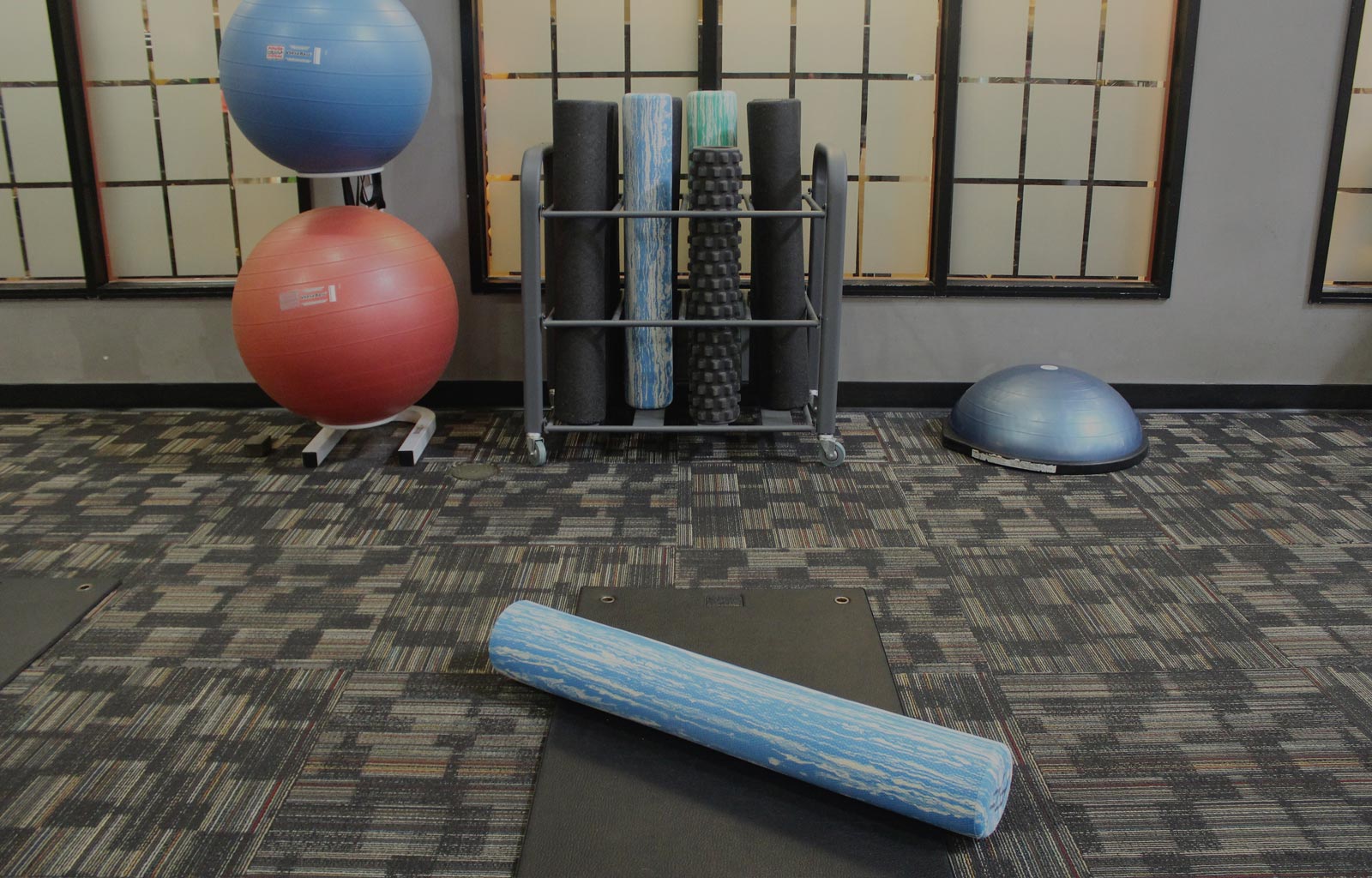As we age, there is often a trend to favor aerobic exercise over strength and resistance training. Many people acknowledge that it is essential to focus on cardiovascular health as the years go by, but it is much less common to hear similar concerns about staying strong. This disparity may lead to the perception that cardiovascular fitness is more important than strength as we get older, but the truth is that they are both crucial long-term health components.
According to data from the National Center of Health (1) statistics, 46% of people between 65 and 74 met or exceeded the recommended physical activity guidelines for aerobic exercise in 2018. However, only 16.4% of people in this same age group met the recommended strength and aerobic exercise guidelines. Skipping out on strength training means missing out on some significant health benefits, especially in the later years of life.
Benefits of Strength Training as We Age
One of the primary benefits of strength training is its role in preserving muscle mass. Sarcopenia is a term used to describe a significant chronic and progressive loss of skeletal muscle and strength that can occur with aging (2). Sarcopenia is often associated with an increased risk of falls, decreased independence, and reduced quality of life.
It is difficult to determine the exact number of people affected by sarcopenia, but it is estimated that 5–13% of older adults aged 60–70 years are affected by sarcopenia. The numbers increase to 11–50% for those aged 80 or above (3).
The great news is the risk of developing sarcopenia decreases significantly by regularly exercising. A lifestyle lacking in exercise is cited as one of the highest risk factors for developing sarcopenia (4). Many experts agree that resistance training is far more effective at preventing sarcopenia than other forms of lower-intensity aerobic exercise (5).
How Often? How Heavy? How Much?
Let’s start by answering the question of how often you should participate in resistance training. There is a wide range of recommendations based on several factors, but generally, almost every published guideline will suggest that strength training must be performed at least twice a week to gain the associated health benefits.
Next to discuss is intensity. Intensity refers to the amount of weight or resistance relative to overall strength. Often, this is expressed as a percentage of your “one rep max” or the maximum amount of weight you can lift in a particular motion. Experts suggest that performing exercises at a moderate intensity of 65-75% is far more beneficial than lower intensities in preventing the onset of sarcopenia (5). However, when starting a strength training program, it is appropriate to begin with lower intensity and increase to higher loads as you become more comfortable and confident with resistance training.
Lastly, the number of sets and repetitions you perform on each exercise will vary depending on your individual goals, available time, and experience. Here are a couple of general guidelines to help you plan your own resistance training program.
- As the intensity goes up, the number of reps and sets needs to decrease. You should be able to complete most of the repetitions in your sets. If you are consistently unable to perform the planned number of repetitions, you either need to decrease the weight or decrease the target number of repetitions.
- Increase rest time between sets as you increase the intensity of your exercise. When lifting at heavier weights, you need to take a little more time between sets to allow your muscles to recover to perform well on the next set. Typically 90-120 seconds is adequate for most strength training. Use a stopwatch or countdown timer for consistency!
- Plan for enough rest between days that you strength train. Again, this will depend on many different things, including whether you perform full-body exercise or target specific areas when training. Allowing 24-48 hours of recovery will help maximize the strength training benefits and minimize the risk of injury.
Getting Started
Getting started on a new exercise routine is challenging. Especially if it involves something new and unfamiliar. Fortunately, there are lots of different ways to get started with resistance training, especially at the RAC.
One new option is the recent addition of our EGYM circuit. EGYM simplifies some of the details of resistance training including setting exercise resistance and repetitions. All you have to do is show up, scan in, and work hard once you are onboarded to the system. It is an efficient workout allowing for a full-body workout in less than 20 minutes. It is a great way to get started and add some resistance training to your existing exercise routine.
Another option I would like to highlight is to meet with one of our Personal Trainers to help guide you through getting started with strength training. Whether you are looking for help in creating a plan or want some expert advice on how to perform an exercise, we are ready to help you with your goals!
References:
1). Centers for Disease Control and Prevention. (2019, May 30). Products – NHIS early release – 2018. Centers for Disease Control and Prevention. Retrieved April 12, 2022, from https://www.cdc.gov/nchs/nhis/releases/released201905.htm#7A
2). Santilli, V. et al. “Clinical Definition of Sarcopenia.” Clin Cases Miner Bone Metab, vol. 11, no. 3, 2014, pp. 177-180, https://www.ncbi.nlm.nih.gov/pubmed/25568649.
3). Von Haehling, S. et al. “An Overview of Sarcopenia: Facts and Numbers on Prevalence and Clinical Impact.” J Cachexia Sarcopenia Muscle, vol. 1, no. 2, 2010, pp. 129-133, doi:10.1007/s13539-010-0014-2.
4). Dhillon, R. J. and S. Hasni. “Pathogenesis and Management of Sarcopenia.” Clin Geriatr Med, vol. 33, no. 1, 2017, pp. 17-26, doi:10.1016/j.cger.2016.08.002.
5). Law, T. D. et al. “Resistance Exercise to Prevent and Manage Sarcopenia and Dynapenia.” Annu Rev Gerontol Geriatr, vol. 36, no. 1, 2016, pp. 205-228, doi:10.1891/0198-8794.36.205.




